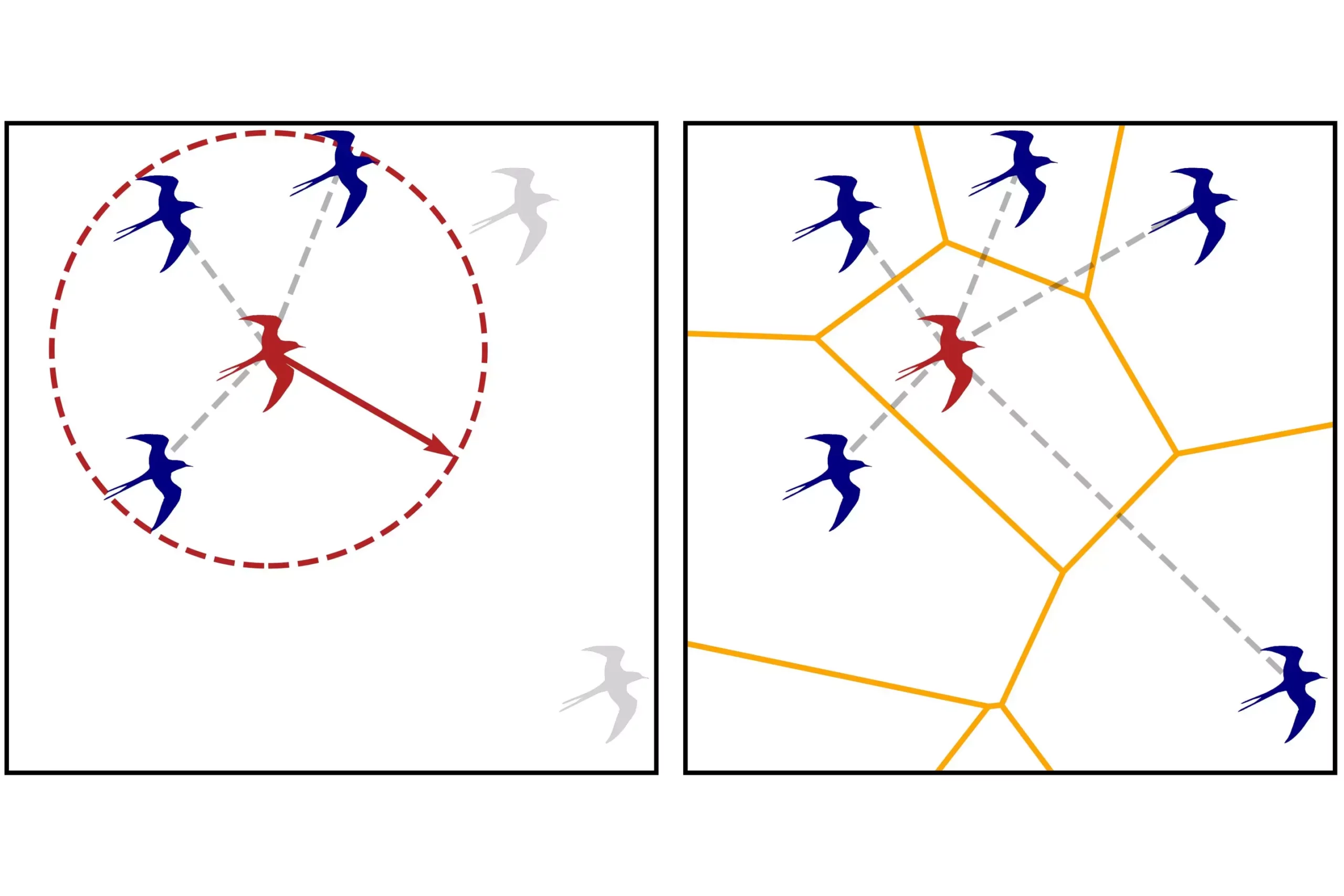The phenomenon of collective movement has intrigued scientists for ages, spanning disciplines from physics to biology. Recent research illustrates that the principles underlying this collective behavior might be more universally applicable than previously thought. A study published in the Journal of Statistical Mechanics focused on this topic, revealing insights from an international team that included researchers from MIT in Boston and CNRS in France. Their findings suggest that the behavior of “self-propelled agents,” whether they be human crowds, flocks of birds, or even cells, can be understood through models typically used in the physics of materials.
The study delves into the dynamics that effectuate a transition from disorder to coordination among various entities. As Julien Tailleur, one of the study’s authors from MIT, puts it, “birds are flying atoms.” This statement encapsulates the researchers’ central finding: that the mechanisms driving the movement of a walking crowd or a flock of birds share essential characteristics with the behavior of physical particles. This idea challenges long-standing assumptions in the field of collective movement studies, which traditionally categorized biological systems as fundamentally different from physical ones.
Historically, scientists believed that the transitions between different types of movement—specifically shifting from chaotic to organized behavior—differed significantly between atoms and biological agents. The key, according to the study, lies in the nature of interaction. In physical systems, atoms influence each other’s movement primarily through their spatial proximity. In contrast, for biological entities, such as birds, what truly matters is not absolute distance, but rather what can be visually perceived.
Tailleur emphasizes this point with an illustrative example involving pigeons. When a pigeon flies within a flock, what influences its movement aren’t solely the closest birds but rather those that it can see. Cognitive limitations dictate that a pigeon can track only a finite number of visible neighbors, suggesting a topological relationship—two pigeons may be physically distant yet still significantly influence each other based on visual contact.
This insight carries significant implications for understanding collective motion. At first glance, one might assume that the fundamental distinctions between the interactions of particles and biological agents would lead to diverging collective behaviors. However, Tailleur’s research indicates that these differences may not be as crucial as previously believed. By simplifying the problem—following the tenet attributed to Einstein that one must understand a phenomenon “as simple as possible, but not simpler”—the researchers argue that this distinction does not fundamentally alter the nature of the transition to collective motion among biological agents.
The study utilizes a model derived from the physics of ferromagnetic materials, which exhibit magnetic properties and undergo transitions that lead to coherence in their behaviors. Ferromagnetic materials, when subjected to certain conditions, can display disorder at high temperatures or low densities, characterized by random orientations of magnetic spins. Conversely, under conditions of low temperature or high density, these spins interact, leading to a coordinated alignment, resembling the order in a flock of birds in flight.
This innovative approach draws a parallel between two seemingly diverse fields—physics and biology. Tailleur points out that a colleague, Hugues Chate, decades ago proposed an idea that if the spins in ferromagnetic materials were allowed to move in accordance with their orientation, they would achieve organization through a sudden phase transition. This model stands in contrast to the more gradual emergence of order typically observed in passive ferromagnets.
Through rigorous experimentation and modeling, Tailleur and his team discovered that biological movements governed by topological relationships also exhibit abrupt transitions. This indicates that the principles governing collective behavior could, in fact, extend beyond the realms of biology into the physical sciences, suggesting a deeper connection between these fields.
Ultimately, the groundbreaking insights from this study illuminate the interplay between the collective movements of living organisms and inert particles. The researchers propose that statistical models inspired by the dynamics of physical particles can provide critical insights into the nature of biological collectives. This research underscores the potential for cross-pollination between disciplines, offering a fresh perspective on complex systems.
As we continue to unravel the intricate dynamics of collective behavior, studies like this shine a light on the universal principles that govern both the natural world and the realm of physics. Whether observing a flock of birds in flight or a group of humans navigating a crowded space, these findings suggest that we may be witnessing the same fundamental mechanisms at work.

